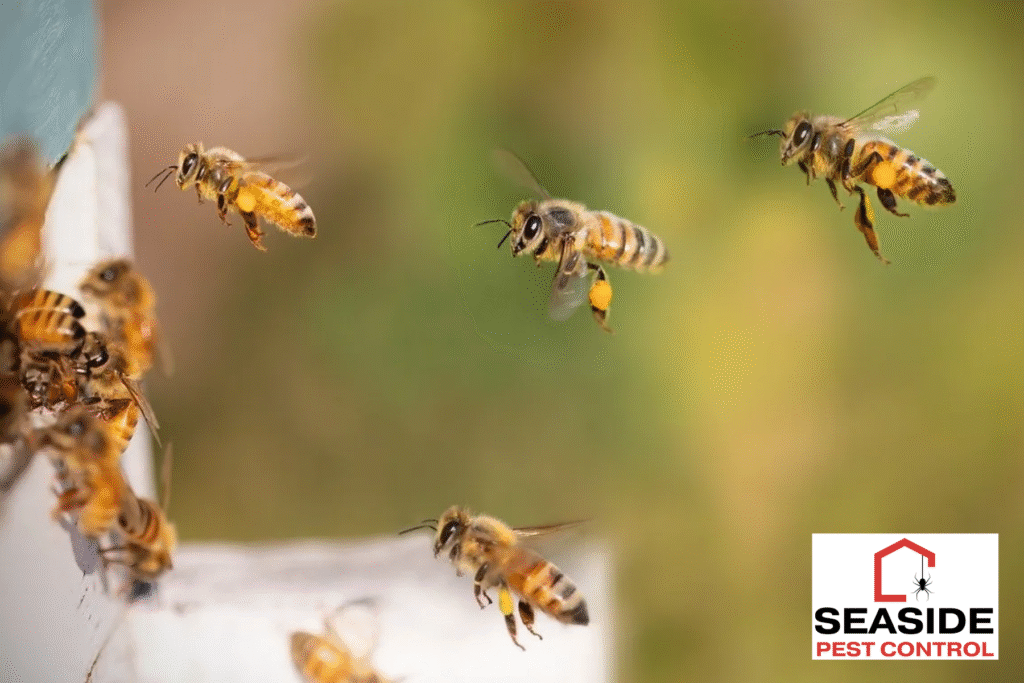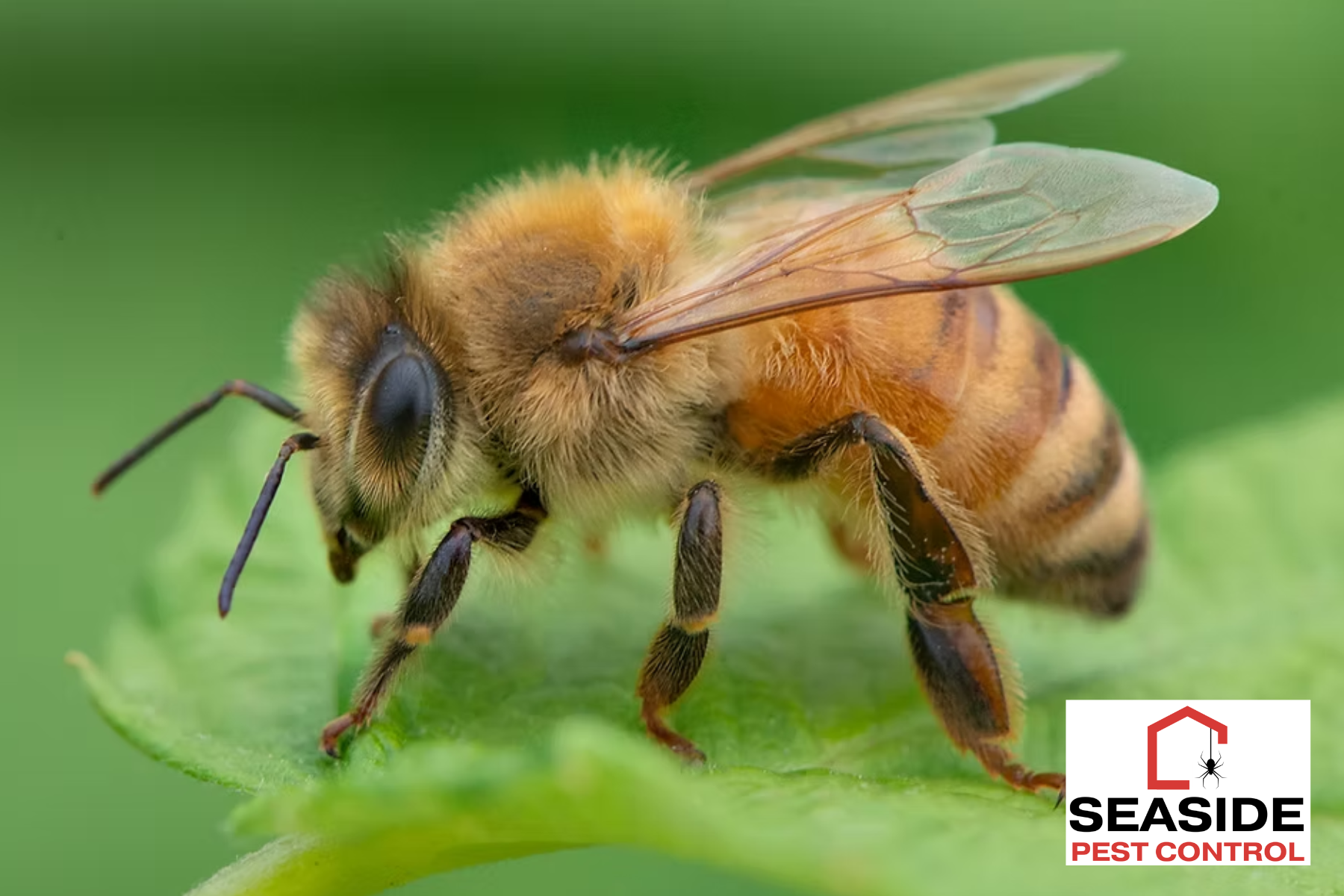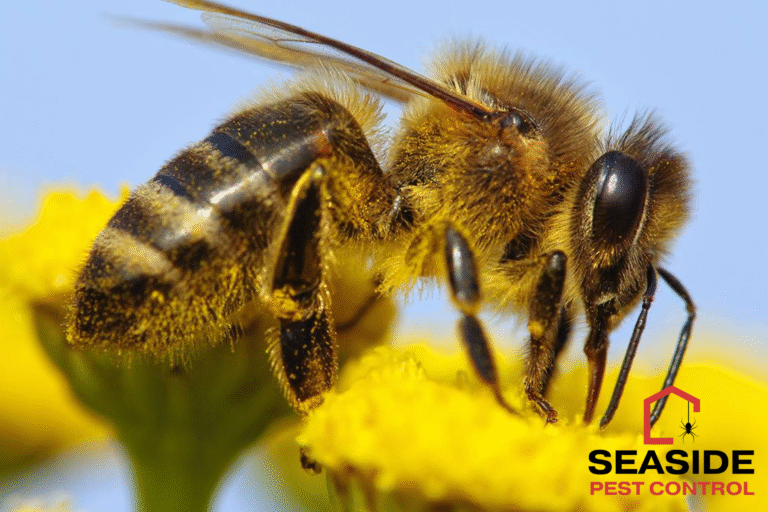Do Bumble Bees Sting? What You Need to Know
When warm weather arrives, bees become a common sight in gardens, parks, and outdoor spaces across British Columbia. While their role as pollinators is essential, many people grow concerned about one buzzing visitor in particular: the bumble bee. Known for their round, fuzzy appearance and gentle hum, bumble bees are often mistaken for more aggressive insects. But the question remains: do bumble bees sting?
Understanding Bumble Bee Behavior
Bumble bees are generally non-aggressive and play a vital role in pollinating both wild plants and food crops. Unlike wasps or hornets, bumble bees are not quick to sting unless provoked. They typically go about their business collecting pollen and nectar, paying little attention to humans unless they feel threatened.
However, like all bees, bumble bees have the ability to sting. The difference lies in how likely they are to use that ability. Most stings occur when someone accidentally disturbs a nest or tries to swat at a bee.
Do Bumble Bees Die When They Sting?
Unlike honeybees, bumble bees do not die after they sting. This is an important distinction. Honeybees have barbed stingers that get lodged in the skin, causing the stinger to tear away from the bee’s body, which ultimately leads to its death. In contrast, do bumble bees die when they sting? The answer is no. Bumble bees have smooth stingers and can sting multiple times if they feel their colony is in danger.
This makes them slightly more threatening than honeybees in a defensive scenario. That said, repeated stings from bumble bees are rare and typically reserved for severe threats to their nest.
Why Do Bumble Bees Sting?
Bumble bees sting purely out of defense. The most common reasons they might become defensive include:
- Someone getting too close to or disturbing their nest
- Sudden or aggressive movements near them
- Crushing or trapping a bee accidentally
Female bumble bees (the workers and queen) are the only ones capable of stinging. Male bumble bees, known as drones, do not possess stingers at all.
Identifying Bumble Bees in British Columbia
In British Columbia, several bee species can be mistaken for one another. Many homeowners ask about the types of bees in BC, and for good reason it’s important to know the difference between beneficial pollinators and pests.
Bumble bees are typically larger than honeybees and have a fuzzy, round body with black and yellow coloration. They are often confused with carpenter bees or some species of wasps. One identifier is their behavior: bumble bees tend to fly slowly and hover while foraging.
Some residents also refer to certain bumble bee species as black bees in BC, especially those with darker abdomens. These bees are usually still bumble bees but may vary in appearance based on their species and regional differences.
Where Do Bumble Bees Nest?
Bumble bees usually build their nests in the ground, often in abandoned rodent burrows, compost piles, or beneath sheds. They may also nest in wall cavities, soffits, or attics if they find access. These nests are small compared to those of honeybees or wasps, typically housing 50 to 500 bees.
Due to their hidden nesting sites, homeowners may not notice a bumble bee nest until activity becomes heavy. If bees are consistently seen entering and exiting the same area, it’s time to call in professionals for a proper assessment.
What To Do If You’re Stung by a Bumble Bee
Although a bumble bee sting is painful, it is usually not dangerous for most people. Common reactions include localized swelling, redness, and itchiness. To treat a bumble bee sting:
- Wash the area with soap and water.
- Apply a cold compress to reduce swelling.
- Use over-the-counter antihistamines or pain relievers if needed.
However, if someone is allergic to bee stings, a bumble bee sting can cause a severe reaction known as anaphylaxis. In such cases, seek immediate medical attention.
Should You Remove a Bumble Bee Nest?
Because bumble bees are beneficial insects, their nests should only be removed if they pose a direct threat to humans or pets. If a nest is in a high-traffic area like near doorways, patios, or playgrounds, professional removal may be necessary.
Homeowners should never attempt to remove a nest on their own. Disturbing a bumble bee nest without proper equipment and training can provoke defensive stinging behavior from multiple bees. Instead, it’s best to work with pest control Coquitlam BC professionals to assess the situation.

How Seaside Pest Control Can Help
If bumble bees are nesting too close for comfort, Coquitlam pest control experts at Seaside Pest Control can help you identify the species, assess the risk, and take appropriate action. Our certified technicians use environmentally responsible and safe pesticide solutions to manage unwanted bee activity while preserving local pollinators whenever possible.
We provide both one-time services and a Quarterly Service Subscription Program that ensures long-term protection. All one-time services are backed by a 100-day warranty with unlimited visits and 100% satisfaction guaranteed. For those who want peace of mind year-round, our subscription service includes scheduled seasonal treatments tailored to your property’s unique needs.
We also offer first-time service discounts and referral rewards for new and loyal customers.
About Seaside Pest Control Inc
Seaside Pest Control Inc is a trusted pest management provider based in Coquitlam, British Columbia. Our company offers professional and personalized pest control services to protect homes and businesses from a wide variety of pests including bees, ants, rodents, wasps, spiders, cockroaches, wildlife, and more. We specialize in green and safe pesticide treatments and employ certified technicians who are committed to keeping your space pest-free with effective, environmentally responsible methods.




